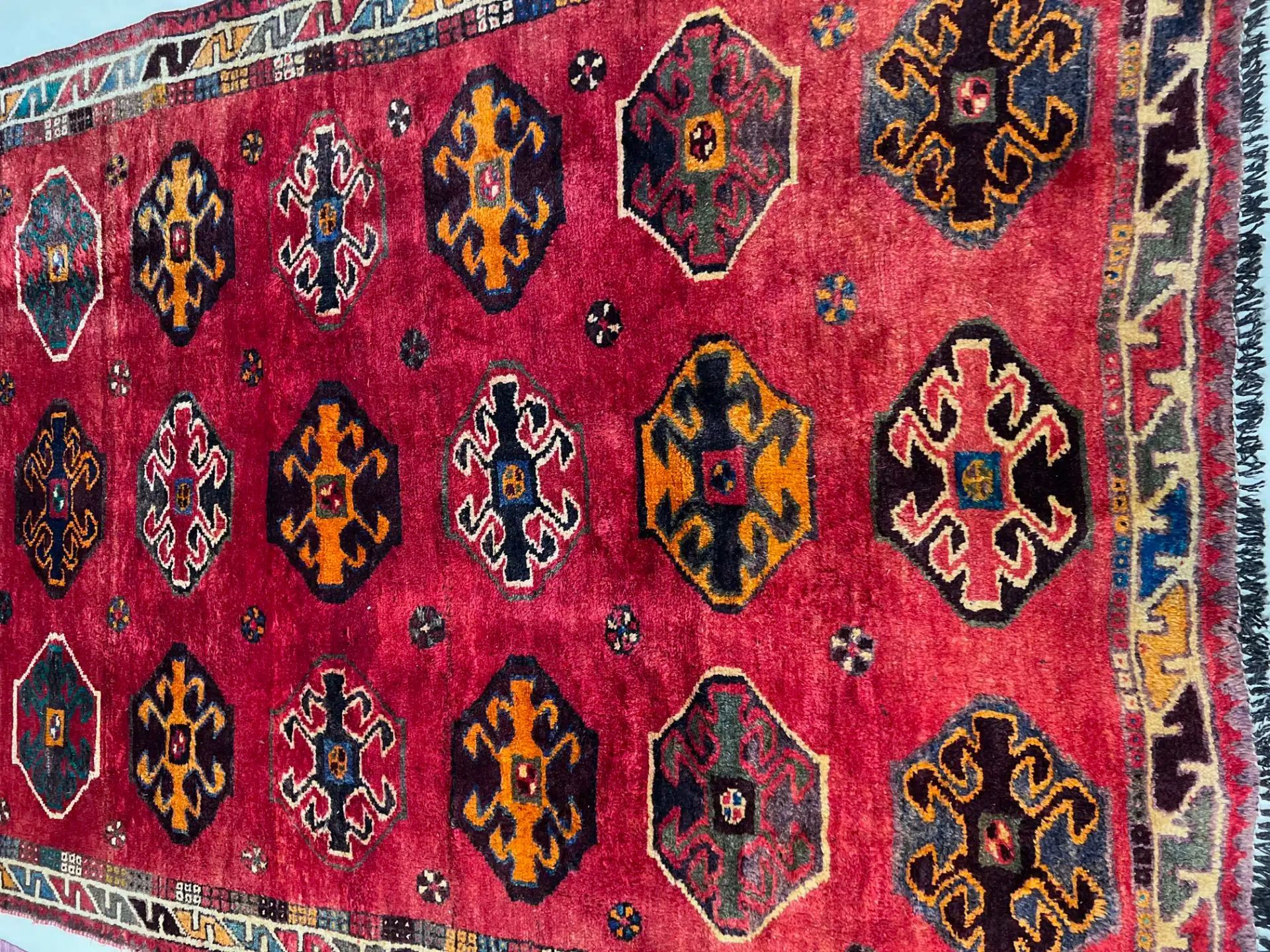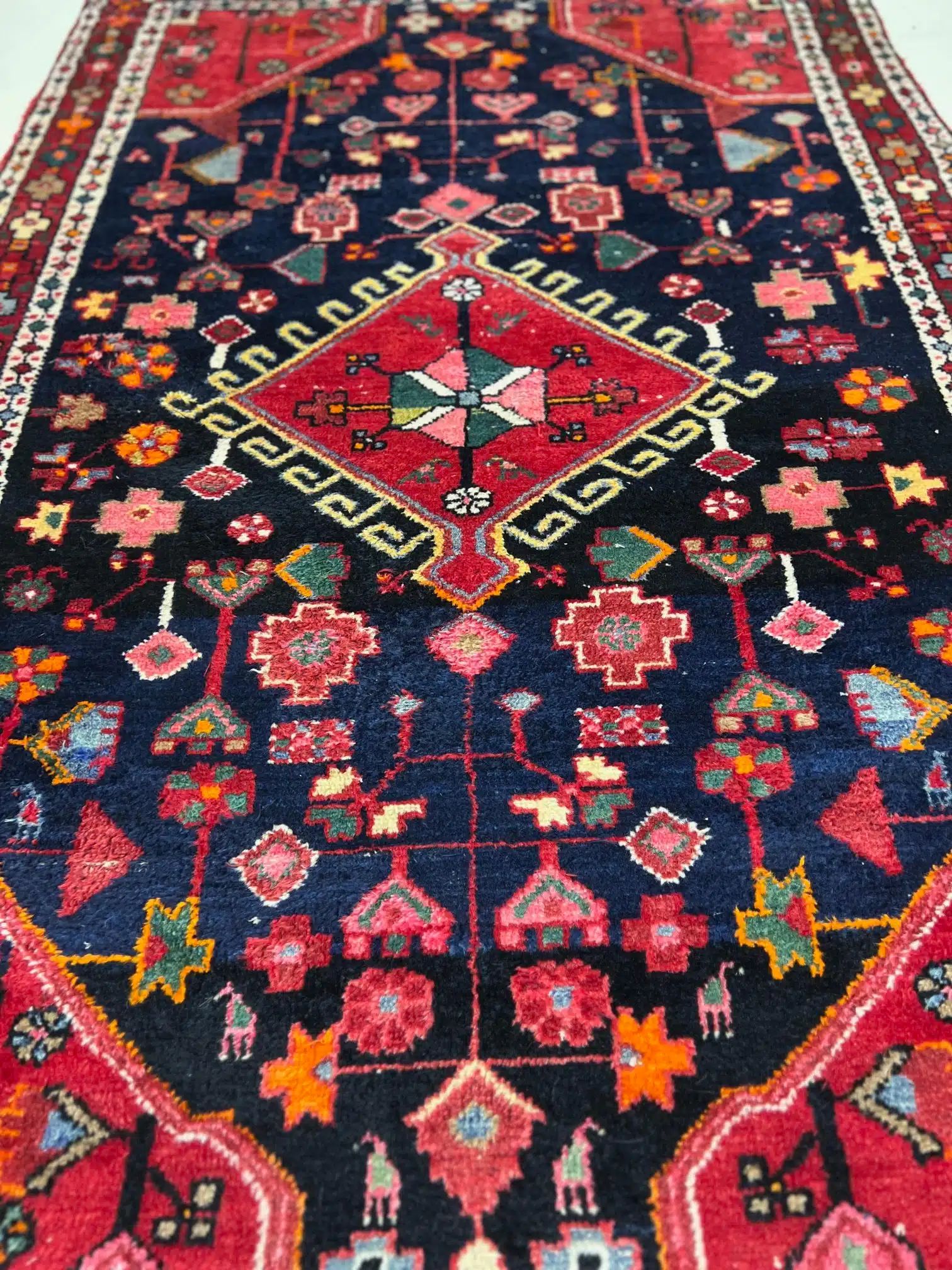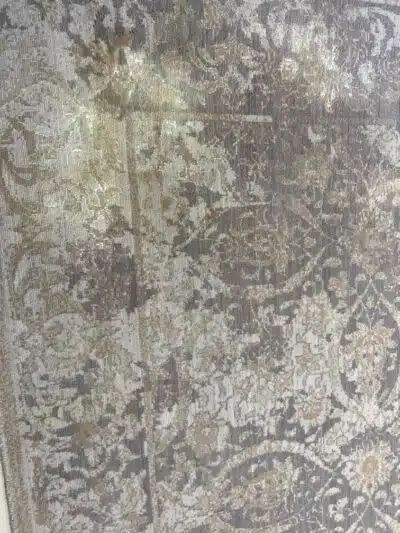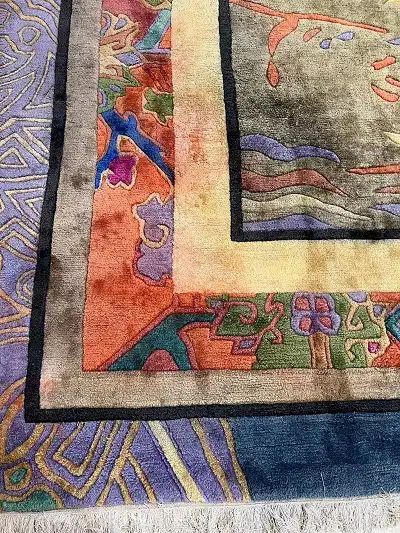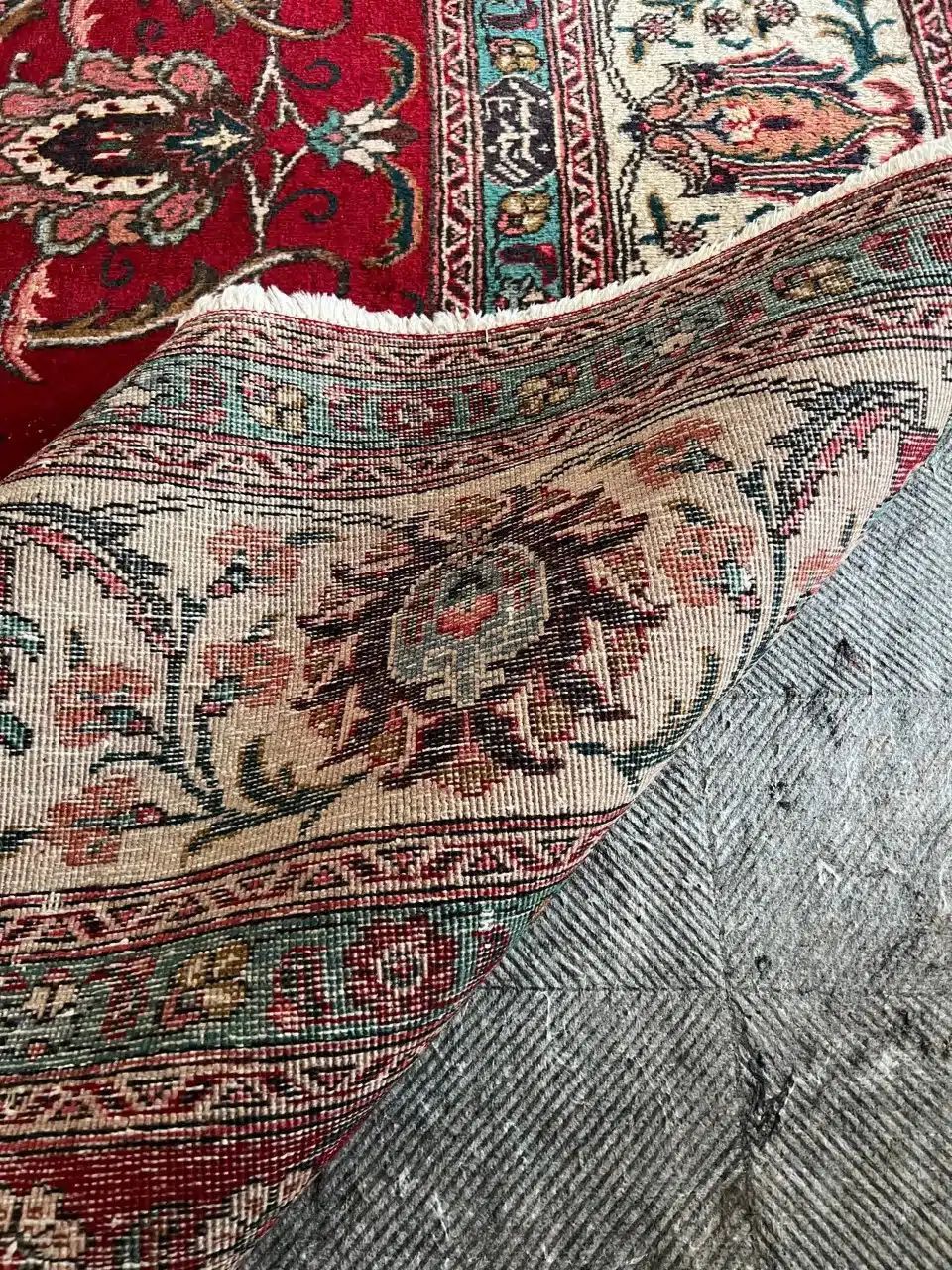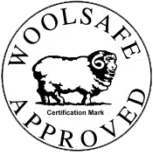The Top 6 Types of Oriental Floor Coverings
The Top 6 Types of Oriental Floor Coverings
Rug Descriptions
If you’re like many people, you want to decorate your home with tasteful furnishings that have timeless appeal. These pieces tell interesting stories about their makers that give them a distinct place in your home. Oriental rugs are just one example of such furnishings. These floor coverings are often made of durable, natural materials and are woven to show tribal markings or popular artistic patterns of particular time frames. Here are the top six types of Oriental floor coverings and some facts about each.
Persian
Persia is the ancient name for Iran, and it’s the birthplace of Oriental rug crafting. In the old days, these hand-made floor coverings were woven by solo artisans who supplied them to everyone in the community. Since it took a lot of time and skilled labor to make the floor coverings, they were considered very valuable household furnishings. Banks held them as collateral for loans, and fathers stored them in vaults when their families left for vacations. Today, they are still very valuable. The price of a new 8-by-10-foot Persian area rug that’s made by Iranian rug makers can cost between $15,000 and $20,000. A well-kept antique Persian rug that was made 75 years ago will cost you considerably more money. Why are these lovely floor coverings so expensive? The art of carpet weaving is often passed down within families. These carpet craftsmen weave Persian rugs from wool and silk in patterns that incorporate hundreds of knots per square inch. Floor coverings that have higher numbers of knots per square inch are finer than those that have fewer knots per square inch. The results are beautiful floor coverings that last a lifetime or two. It’s not unusual for families to pass down Persian rugs to the next generation. These rugs look just as attractive on walls as they do on floors.
Indian
Simple principles of supply and demand also affect the prices of Persian-made floor coverings. For political reasons, Iran is under sanctions, and many of its goods aren’t readily available on the open market. To get a recently made Persian floor covering, you’ll likely pay a hefty price in foreign tariffs and transport costs. However, there’s no need to despair. Similar looking floor coverings that are less costly can be found in India. Indian rug making began after Persians migrated to the area and brought their valuable craft with them. India had an abundant supply of fine pashmina wool and natural dyes, and carpet making really took off in the country during the 16th century under the reign of Babur the leader of the Mughal Dynasty. While traditional Persian-inspired carpets are in great demand, Indian rug makers produce floor coverings that reflect various regional cultures and tribal influences. They also craft contemporary-style carpets that incorporate various colors and patterns for the modern home. Hand-made Indian floor coverings mostly come from Agra, Bhadohi, Jaipur, and Kashmir. If you’re in the market for affordable antique replicas, Indian carpets are a good choice.
Modern Indian rug makers have the craft down to a science. India is the world’s largest exporter of Oriental floor coverings. While many Indian floor coverings are still hand-made, advances in manufacturing techniques have made it possible to increase the supply of these valuable carpets. Additionally, economy of scale production allows India to lower its manufacturing costs for floor coverings and charge the world less for them.
Pakistani
When it comes to carpet weaving in Pakistan, you’ll find that it’s in the genes. Pakastanis are ethnic Indians who separated from the sub-continent due to religious reasons. They were introduced to the art of rug making at the same time as their southern brothers in India. Today, they do a brisk business of selling Pakistani Persian (Pak Persian) rugs in the global marketplace. Two popular types of hand-knotted Pakistani floor coverings are Peshawar and Bohkara. They are both named for Pakistani cities where they are most prominently produced. Peshawar floor coverings feature medallion and floral designs that are enhanced with generous spacing for visual appeal. These floor coverings have high knot counts and are considered to be heirloom-quality coverings. While Peshawar floor coverings make use of the Persian knot, Bohkara floor coverings employ a Turkish knot. The typical Bohkara rug pattern includes geometric shapes on a solid color background. You can expect to see a vivid array of jewel-toned colors and to feel velvety-soft textures upon inspection of Bohkara floor coverings. Hand-knotted Pakistani floor coverings have a life expectancy between 100 and 125 years. The durability of these floor coverings are credited in large part to the hand-knotting techniques that Pakistani rug makers use to craft the floor coverings and the quality of the yarn that they use to make them. Today’s Pakistani rug makers mass produce the floor coverings from imported New Zealand and Australian wool. The Pakistanis are proud of their rug making industry and have formed the Pakistan Carpet Manufacturers and Exporters Association to cultivate business deals with global importers.
Chinese
Although Iran is indisputably known as the birthplace of Persian-style floor coverings, the Chinese were singing the praises of these carpets as early as 224 CE. Trade routes between the Far East and the Middle East brought wool and silk to rug makers, and the knowledge of the craft spread to China as a result. Nomadic tribes are credited with early rug making in China, and their influence is seen in the chosen colors and patterns on hand-knotted Chinese floor coverings. Chinese floor coverings are rich in beauty and symbolism. Upon inspection of an authentic Chinese Oriental carpet, you’ll see a variety of animals, plants, and colors. The combination of these items used in Chinese carpets depicts parts of tribal or family history. Important events such as weddings, deaths, and battles were recorded on many of these carpets in the early days.
As with all hand-knotted Oriental carpets, knot count is an important consideration when determining the quality and value of Chinese floor coverings. However, the Chinese line-count nomenclature doesn’t directly align with how knots are counted on Pakistani and Indian carpets. You’ll commonly see Chinese floor coverings that are labeled 90-line, 120-line, or 160-line carpets. In a 90-line Chinese rug, there are 90 knots per linear foot when you measure the width of the floor covering. A 90-line rug equates to 56 knots per square inch.
Afghan
Afghanistan is a melting pot of Central Asian and Middle Eastern cultures. Nomad tribes in the country quickly picked up the art of rug making from the Persians and made it their own. Today, Afghan textiles are world renowned, and many shawls and blankets are known simply as afghans in the Western world. How did the Afghans get such a reputation for textile weaving? You’ll have to look to the nation’s small-scale rug-making industry for answers. Hand-knotted Afghan floor covers are some of the most unique Oriental carpets in the world. While some reflect traditional Persian patterns, most of them depict the emotions and history of the tribal rug weavers who made them. Rug weaving is passed down within families from father to son, so floor coverings that Afghans make today are made similarly to the way Afghans made them centuries ago. One of the most distinctive Afghan floor covering patterns is the Afghan war rug. Afghanistan has been embroiled in wars with the Soviet Union and the United States for decades. These wars resulted in many Afghans fleeing to neighboring countries as refugees. During their time in exile, these talented craftsmen weave carpets that show raw elements of war such as helicopters, tanks, and grenades. The long-lasting carpets tell the world of the carpet makers’ struggles during this part of the nation’s history.
Tibetan
Sometimes good comes out of tragedy. In the case of Tibetan rug makers, the civil war that the ethnic Tibetans fought with China allowed their textile treasures to be discovered and loved by people throughout the world. Tibetan refugees in Nepal and India make a living weaving hand-knotted floor coverings that are sold to Oriental rug importers. While Tibetan Oriental carpets have similar patterns to Chinese Oriental carpets, they have one distinguishing feature. Older Tibetan carpets are alive with rich colors that most Chinese carpets lack. Chinese carpets may emphasize an animal on a white or light-colored background to tell a story through symbolism. Tibetan carpets forego symbolism in favor of bold, vivid colors that catch the eye. Traditional Tibetan carpets are made from pure wool that’s provided by the Changpel sheep of the Tibetan highlands.
Conclusion
Authentic Oriental rugs are designed to explore the past with beautiful patterns and durable materials. Older floor coverings often have a higher market value than recently woven rugs. Before buying an older rug, make sure that it’s in good condition. While an Oriental rug can be restored, the repair bill may be more than the cost to replace it. However, if the rug speaks to you and you love what it says, say no more
The post The Top 6 Types of Oriental Floor Coverings appeared first on The Austin Rug Cleaner.


